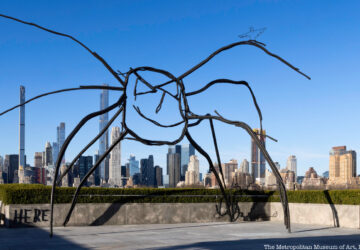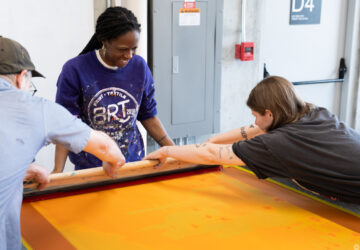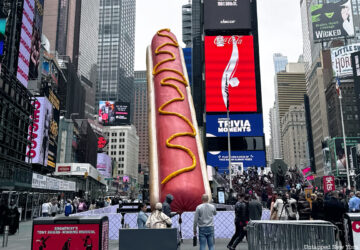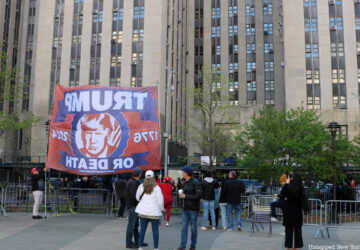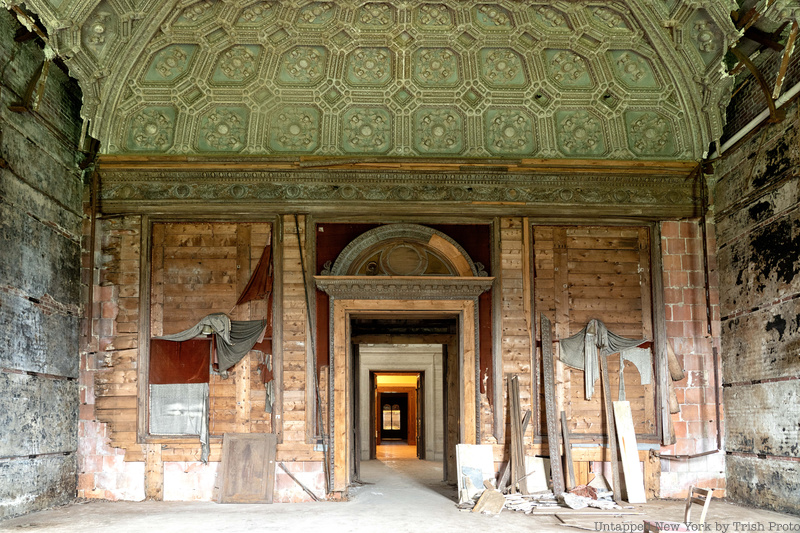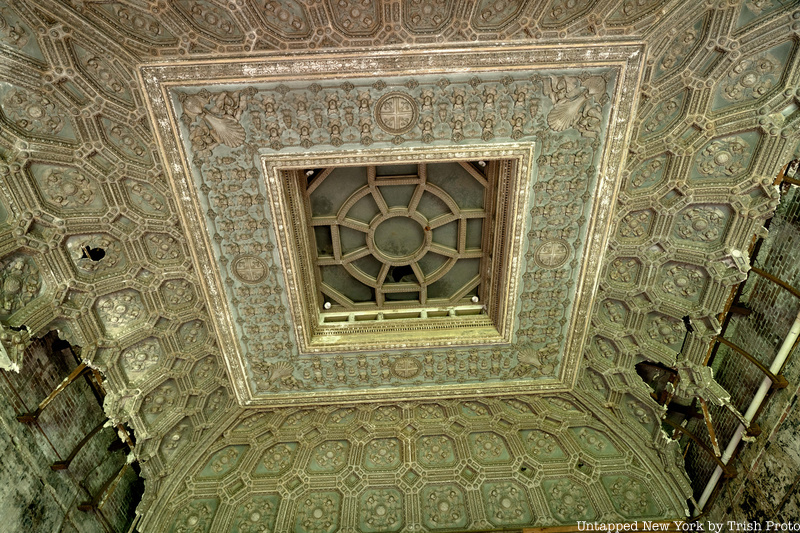In 1940, P.A.B. Widener II opined that “the days of America’s privately owned treasure houses are over.” Writing in his autobiography, Without drums, Widener referred to his own family’s 110-room mansion, Lynnewood Hall, as “The Last American Versailles.” Prominent architect Horace Trumbauer designed Lynnewood Hall for Widener’s grandfather, Peter A.B. Widener. It was completed in 1899 in Elkins Park, Pennsylvania, a roughly 25-minute drive from Philadelphia. The formerly abandoned estate is a favorite spot among urban explorers who have been drawn to its empty and decaying grandeur and tragic stories of the family who live there. The home has long been “shrouded in mystery and shrouded in controversy,” said Angie VanScyoc, Chief Operations Officer of the Lynnewood Hall Preservation Foundation – but no longer.
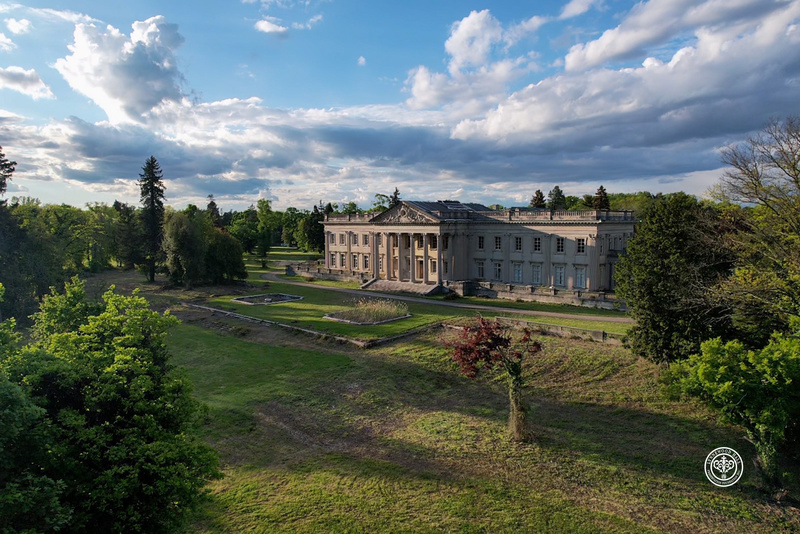
Untapped New York made a visit to Lynnewood Hall to explore its many rooms and uncover a few of its secrets. We spoke extensively with VanScyoc and the Foundation’s Executive Director Edward Thome about the building’s history, its hidden gems, and the ambitious plans for its future. “There is such a rich history here, not just of the era of the Gilded Age and the family that lived here, but also of tradesmen, craftsmen, architecture…Think of all the stories that could be told,” VanScyoc mused. “It has an uncanny way of drawing you in and not letting you go,” said Thome, who has been mesmerized by the building since he was just 11 years old. While there are fascinating stories to be found around every corner of the massive building, we’ve picked out a few of our favorites to expand upon here. Read on to learn more about this stunning estate (and see photos from inside), from its tragic ties to the Titanic to its hidden room full of safes, mysterious tunnel system, and how you can visit!
1. The Art Galleries Had a Museum-Worthy Lighting System
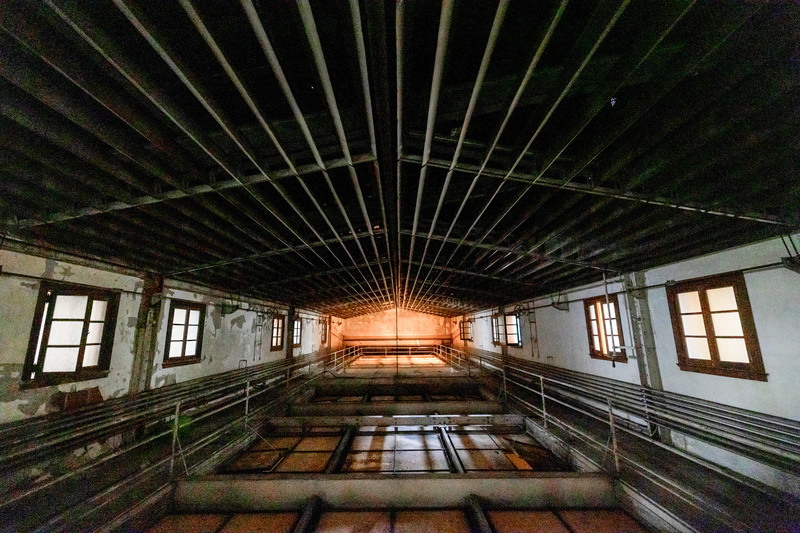
The original owner of Lynnewood Hall, Peter A.B. Widener, died with a personal fortune that would have been worth tens of billions of dollars today and a museum-worthy art collection, but he came from humble beginnings. Born to a butcher in West Philadelphia, Widener also went into the meat business. His first big break in business was winning a contract to supply mutton to Union troops during the Civil War. He used his earnings to invest in street car lines and moved his way up the political ladder in Philadelphia until he became City Treasurer. He had holdings in foundational American companies such as U.S. Steel, American Tobacco Company, and Standard Oil. Though Widener was one of the wealthiest Americans to ever live, his money couldn’t insulate him from tragedy.
After his wife, Hannah Josephine Dunton, died in 1896, Widener realized he wanted to keep his family close. He commissioned architect Horace Trumbauer to build a home large enough to house the families of Widener’s two sons, George and Joseph, and his own expensive art collection. “Lynnewood is the home that art built,” VanScyoc said, noting how important the art collection was to the family. Widener began collecting art around 1885 and by the time Lynnewood was complete in 1899, he had amassed a collection of priceless masterpieces that included paintings by Raphael, Rembrandt, Vermeer, Gainsborough, and more. The collecting bug was passed on to his son, Joseph, who expanded on his father’s collection.
Widener arranged his works of art in five different galleries throughout his home, one on the first floor and four on the second floor. Each gallery was designed to display specific works based on the artist and style. To ensure the safety of his prized collection and to show the pieces in the best (literal) light, Widener had his home built with the latest technology. “Even though the building is a classical piece of architecture, it’s very technologically advanced,” VanScyoc said.
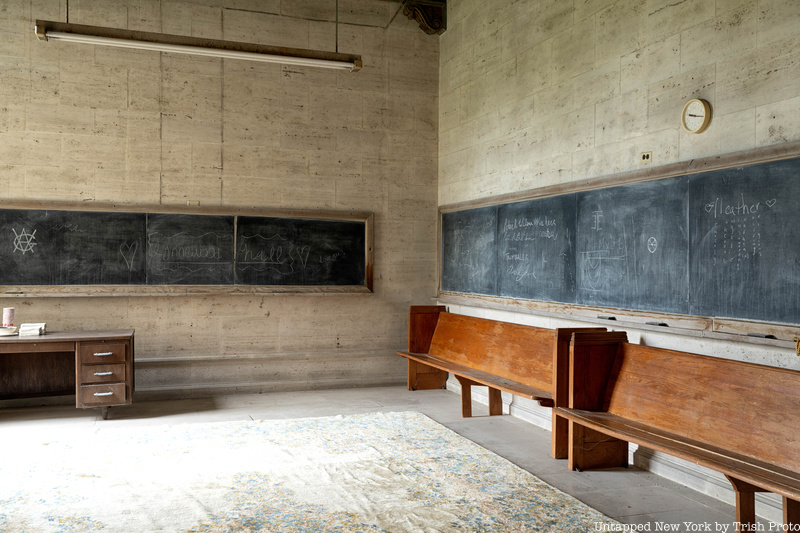
The main gallery, for instance, is surrounded by walls of concrete 2 feet thick as a fire precaution. The galleries on the second floor were lit by diffused skylights. Above the skylights, there is a mechanical system of long fins that can be adjusted to direct sunlight as the sun changes position in the sky throughout the day. The gallery skylight is also rigged to a ventilation system that allows a person to turn one wheel and simultaneously open a series of glass panels to let air flow.
The art galleries were named after Widener’s favorite artists, including Rembrandt, Raphael, Cellini, and van Dyck. Within each, paintings were displayed on red velvet walls, the remnants of which you can see hanging throughout the galleries today. In the Cellini room, niches in the walls housed precious jewelry items crafted by the Italian goldsmith Benvenuto Cellini. The Rembrandt Room held all Rembrandts. The van Dyck room, which is VanScyoc’s favorite, was also Widener’s favorite. It once held a portrait of Widener by John Singer Sargent. “Restoration would make these galleries the preeminent galleries in the country,” said Thome.
During the Depression, the Wideners opened their art galleries to the public so that anyone who wanted to could see the treaures inside. The philanthropically minded Joseph Widener bequeathed the family’s art collection, over 2,000 items, to the National Gallery in D.C. where you can see many of the items on display today. That creative and philanthropic spirit will be carried on in the estate’s future.
